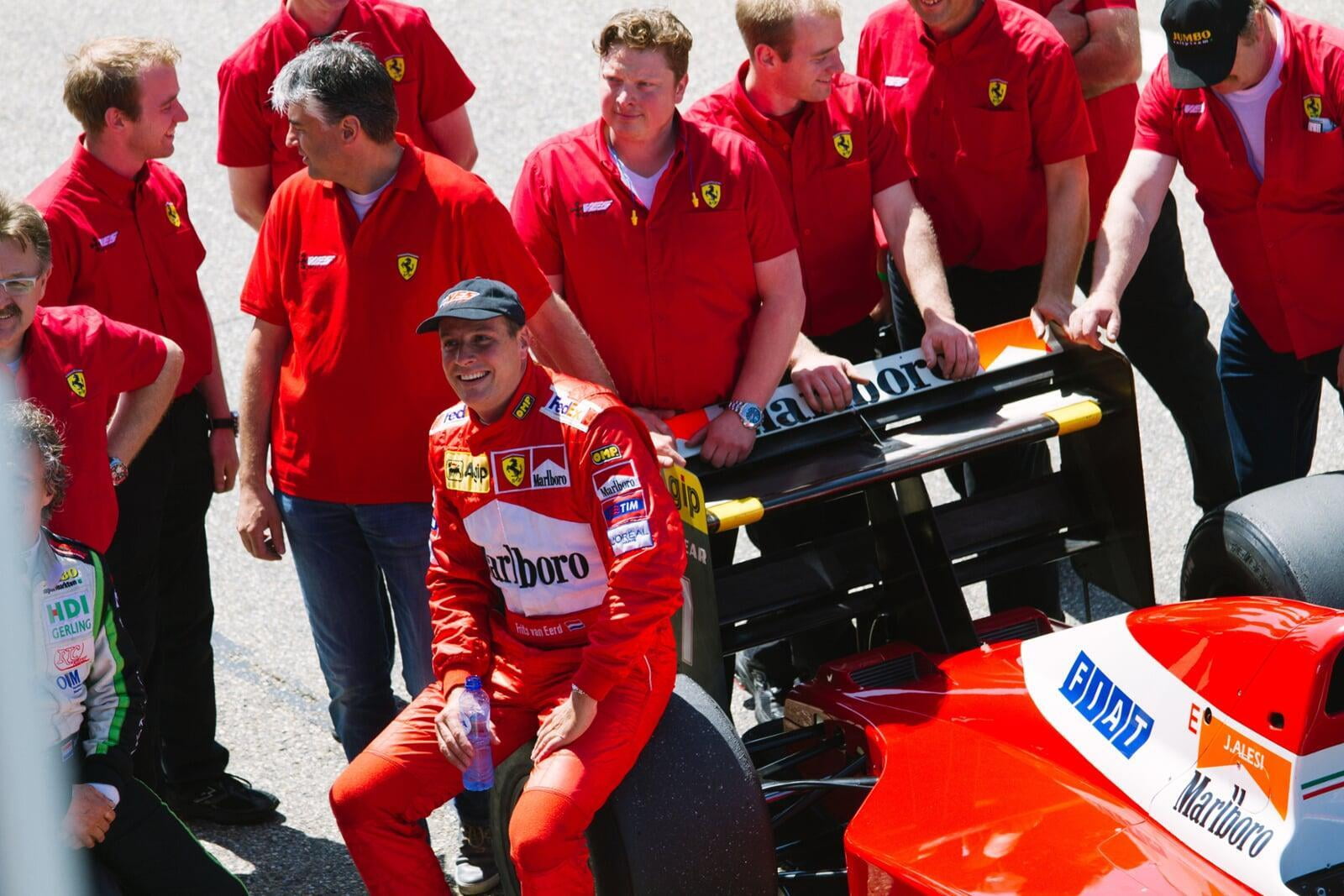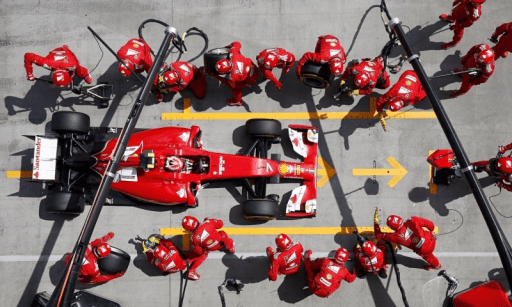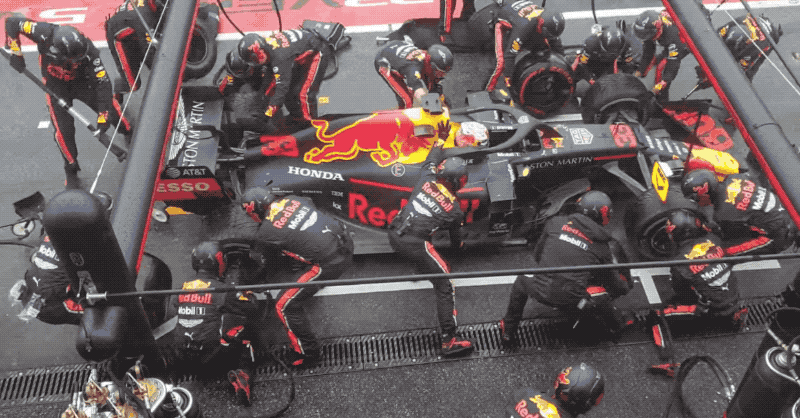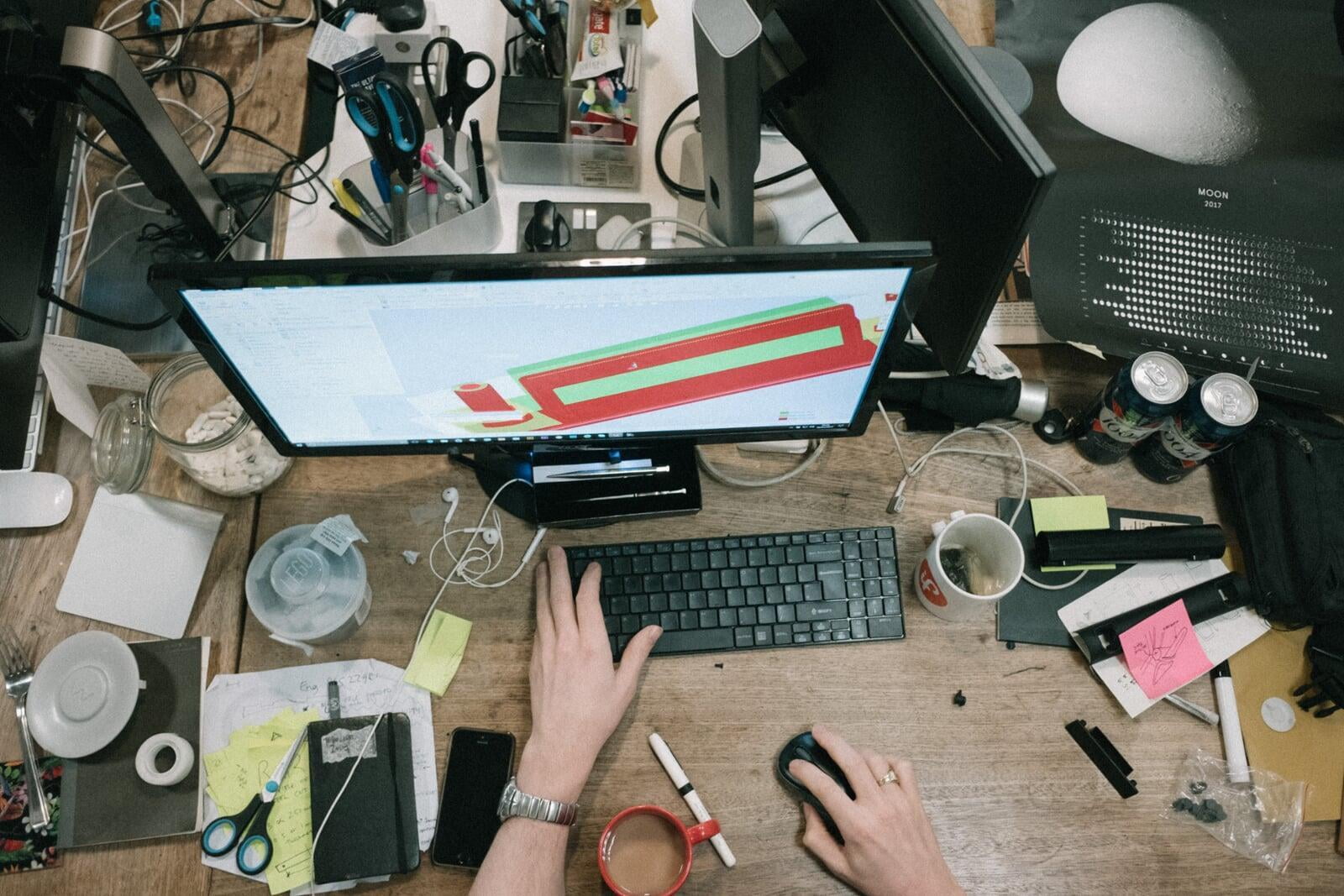If you utilize those resources correctly, acknowledging the value that every employee has to the company, then all the organizations can create the right scenario to leverage the most valuable resources they have, their employees and teams. When you watch sports, you often see a team playing together in excellent coordination. If they plan and practice enough, the productivity of the group can be very high, and they'll have the game in the pocket.
In Football, you see a team coordinating and executing every play, as indicated in the playbook, just as they practice (only great franchises, of course). In Soccer, you also see a group of players collaborating to work together every play, as the coach tries to match every individual ability, so the team works as a clock and produces sufficient goals, achieving high productivity.
One crucial factor to have in mind is that engineering teams, and even more engineering design teams, are a very creative group of people, and so they need to have the right environment to create and collaborate. One key factor in these environments is time. Often companies don't have the resources to expend the time that an engineer might need to come up with a cost-effective solution. If an engineer takes its time to create a parametric modeled design, for example, the company can reuse it later at a lower cost. Thus, your teams could use more time to modified more efficiently previous models or for your team to grow their knowledge base also, or to optimize any other product.






